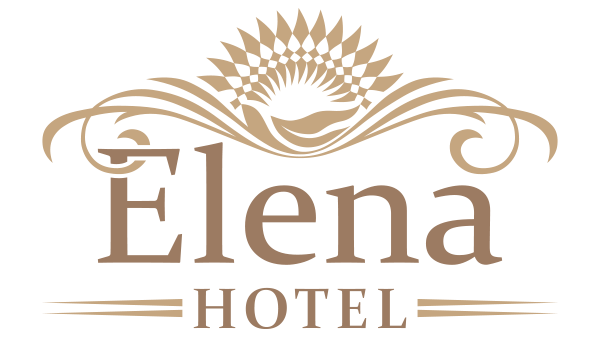 Rupite
Rupite
is a village which includes a small mountainous protected area in the southeastern part Blagoevgrad Province, Bulgaria, 10-12 kilometres northeast of Petrich, inside Petrich Municipality, on the right bank of the Struma River.
It is best known as the place where the Bulgarian medium Baba Vanga lived and was buried. The area is in fact the crater of an extinct volcano, its appearance being shaped by the volcanic hill of Kozhuh, the thermal springs and Pchelina Hill. The village has 1,124 inhabitants.

Church St. Petka, Rupite
The Church of St. Petka was constructed at a site chosen by Baba Vanga in 1992 and has since then become a place of worship for many people and a renowned tourist attraction. The icons were created by the noted artist Svetlin Rusev and were not generally approved by the Holy Synod of the Bulgarian Orthodox Church for being too realistic and not conforming to the canons. The house of Vanga can be seen nearby and a new monastery is being built.
Ancient town Herakleya Sintika (Village of Rupite)
The remains of the ancient city of Herculaneum Sintica (also known under the names Cynthia, Herculaneum Sintica or Herculaneum Strimonska) is located in South Bulgaria in near the villege of Rupite, on the southern slope of the volcanic hill Kozhuh.

Melnik
Melnik is an architectural reserve and 96 of its buildings are cultural monuments. With a population of 385, it is the smallest town in Bulgaria, retaining its city status today for historical reasons.
Lately, the area of Melnik is enjoying a revival of vine growing and wine making. Several new, modern wineries have been built and operate (Villa Melnik Winery, Sintika Winery, Orbelus, etc., producing high quality wine from local and international varieties. Several others are under construction, preparing for the new harvest.

Rozhen Monastery
The Rozhen Monastery of the Nativity of the Mother of God is the biggest monastery in the Pirin Mountains in southwestern Bulgaria. It is one of the few medieval Bulgarian monasteries well preserved until today.
The earliest archaeological evidence of medieval life at the place is a grave with a few coins and decorations from the time of Byzantine Emperor Michael VIII Palaiologos (1259–1282). Some other items also date to the 13th century while the marble frieze above the central gate of the church dates to the 13th or 14th century. A couple of new buildings were constructed in the monastery at the time of Despot Alexius Slav. The earliest written source testifying to the monastery’s existence is a note on a chant book from 1551, today in the Great Lavra library onMount Athos.

Samuilova Fortress
Samuilova fortress is the name of a medieval fortress, situated between the mountains Belasitsa and Ograzhden. It is located on the right bank of Strumeshnitsa River, which is 5 kilometers north of thevillage of Klyuch. It was built in the period 1009-1013, during the reign of king Samuil (whose name it bears) on the foundations of a Thracian and an early-Slav settlement. The fortress was a part of one big fortification system of defense facilities, starting from the slopes of Belasitsa south of the village of Kluch and reached to the slopes of Ograzhden.
The Samuilova Fortress is included in the list of “100 National Tourist Sights of Bulgaria“.

